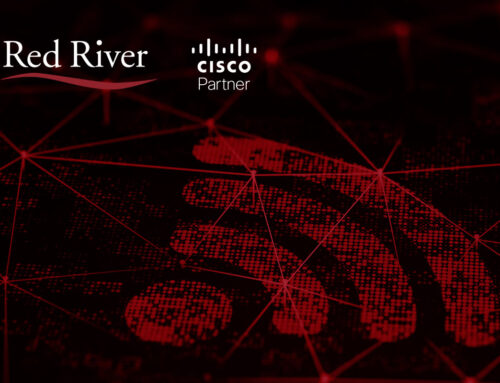
Identity Access Management Blog Series – Part 2: Integration of IAM and Zero Trust Principles
In the previous initial post in this series, I discussed how Identity Access Management (IAM) is a critical component under the umbrella of Zero Trust. In this post I’ll dive a bit deeper into the importance of IAM principles being integrated into any Zero Trust strategy.
IAM is not merely complementary to Zero Trust principles, it is an essential component that falls directly under the Zero Trust requirements and must be the first priority in any implementation strategy. Organizations must address their IAM foundations before proceeding with other aspects of Zero Trust to ensure successful security outcomes. When properly implemented, this integration creates a powerful security foundation through several key mechanisms.
The Key Benefits of IAM Integration
Continuous Authentication and Authorization: In Zero Trust systems, authentication is not a point-in-time event but an ongoing process. IAM systems provide the technical capability to verify identities and access rights of users, applications, and services continuously throughout sessions, not just at initial login. This dynamic approach helps maintain security even if credentials become compromised during a session.
- Example: A banking system monitors user behavior and requires additional verification when unusual activity is detected mid-session, such as requesting a secondary code for transactions initiated from an unexpected location.
Micro-segmentation Support: IAM creates the structural framework that enables effective micro-segmentation of network resources. By controlling precisely which users, applications, and services can access which segments, organizations ensure that entities only have access to the specific resources necessary for their role or function. This helps to limit lateral movement within the network. You can learn more about Zero Trust microsegmentation here.
- Example: A hospital network restricts cardiologists to cardiac patient files only, while administrative staff can access billing information but not medical records.
Device and Service Trust Integration: Beyond user identity, security verification should include device health, application integrity, and service compliance. Before granting access, the system confirms that all requesting entities meet security standards, preventing compromised devices, applications, or services from becoming entry points for attackers.
- Example: A CRM system verifies both user credentials and device compliance before granting access to customer data.
Data-Centric Security Implementation: IAM helps maintain consistent security policies across diverse environments including on-premises, cloud, and remote settings. This consistency ensures that data remains protected regardless of where it’s accessed from, stored, or which application is processing it.
- Example: A cloud productivity suite applies consistent document protection policies regardless of access location. Confidential documents maintain encryption and access controls across devices.
Explicit Verification Mechanisms: Zero Trust requires validating every access request. IAM consist of tools for multi-factor authentication, device security checks, API authentication, service identity verification, and behavioral analytics. IAM implements this verification at every step of the access process for all entity types.
- Example: A workspace platform requires multi-level verification including passwords, security keys, and flags unusual access patterns for additional checks.
Least Privilege Enforcement: IAM systems provide the granular controls needed to implement least privilege access, ensuring users, applications, and services have exactly the permissions they need, reducing potential attack surfaces.
- Example: A cloud service implements fine-grained roles limiting developers to only specific resources needed for their projects.
The integration of these principles creates a security approach that is both comprehensive and adaptive, addressing the complex threat landscape faced by modern organizations with diverse human and non-human identities. IAM is a foundational component that must be addressed before moving on to other Zero Trust initiatives. But what happens if an organization fails to tackle IAM before addressing other areas of Zero Trust?
In part three of the series, I will provide real world use cases of what can happen when organizations fail to prioritize their IAM environment as the initial phase of Zero Trust implementation.
Robert Jordan MST, CISSP
Zero Trust Design Architect
Robert Jordan is Zero Trust Cybersecurity Architect and advisor with 20+ years of experience in designing engineering and architecting network and cybersecurity solutions for healthcare, aerospace, and government customers. He frequently delivers Zero Trust Cyber Security educational workshops to commercial, SLED and Federal technology leaders.
Want more information on how to leverage IAM to fortify your Zero Trust architecture? Download our latest ebook.
written by
Red River
We call ourselves a technology transformation company because we know how to harness the power of technology to change the way you do business and meet mission objectives. Our industry leading technical expertise, strategic partnerships and portfolio of services and solutions that span the entire lifecycle of technology have made us the partner of choice for clients in the commercial, federal and SLED markets interested in optimizing business processes and maximizing the value of their investments. Learn more about Red River.




